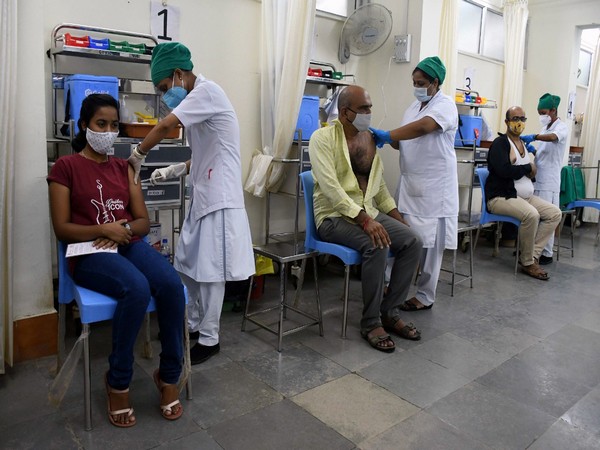Almost two years since first case of COVID-19, world still scrambling to know origin of virus
It will be two years soon since the first cases of COVID-19 emerged but there are still no clear answers as to how the virus originated in China and spread to the rest of the world wreaking havoc in many countries.

- Country:
- India
It will be two years soon since the first cases of COVID-19 emerged but there are still no clear answers as to how the virus originated in China and spread to the rest of the world wreaking havoc in many countries. There are apprehensions that the origin of the disease may never be known as days roll by since the first case was reported. The world is keen to know if the virus spread from animals to humans or it leaked from a lab in Wuhan, China. The Chinese officials have not been forthcoming about giving access to their labs for a thorough scientific investigation.
The WHO, which has faced criticism over its earlier reports, has now established Scientific Advisory Group for the Origins (SAGO) on Novel Pathogens. It is being seen as the last chance to find the origins of COVID-19. SAGO will advise the Secretariat on technical and scientific considerations regarding emerging and re-emerging pathogens and comprises experts acting in their personal capacity.
Scientists feel that window of opportunity for conducting studies of how the virus originated is "closing fast". Antibodies in the earliest COVID-19 victims are seen to be fading to undetectable levels. The virus (SARS-CoV-2) and its origins have been a cause of concern for scientists and researchers around the world ever since it emerged in late 2019.
The lethal virus has killed over 4.92 million people and the total count of cases is 241.9 million. There have been efforts to get to the origins of virus by groups of scientists and by WHO but there are no clear answers.
Washington and its allies have been urging the WHO, the United Nations' public-health arm, to push ahead with a probe into the origins. China has argued that any new inquiry should focus on other countries, including the US. It dismisses suggestions that the virus leaked from a lab, though several scientists have pointed towards the possibility. The virus was first reported in the Chinese city of Wuhan and since then China has been chided for its lack of transparency.
China disclosed to the World Health Organization (WHO) the existence of an outbreak of pneumonia cases in Wuhan in December 2019. For an entire year, China did not heed calls for an independent investigation into the origin of coronavirus, raising further suspicion. Chinese officials eventually agreed to let in a WHO-led mission and findings of the report, published in March this year were inconclusive.
The WHO report said that a direct spillover from animals to humans was a "possible-to-likely pathway," and a jump from another intermediate host animal was "likely to very likely." The virus coming in through frozen food was a "possible pathway," and a laboratory incident was deemed "extremely unlikely." Fourteen countries, including the US said in a joint statement that the WHO report "significantly delayed and lacked access to complete, original data and samples." There were reports that China withheld data from the investigators.
After the WHO report, an international group of 18 scientists that included biologists, and immunologists, published a letter in journal Science and criticized its findings. They called for a more extensive evaluation of the two hypotheses - the virus came from infected animals or escaped from a lab.
The world now hopes that SAGO report will come up with concrete conclusions on the origin of COVID-19. (ANI)
(This story has not been edited by Devdiscourse staff and is auto-generated from a syndicated feed.)
ALSO READ
EXPLAINER-South China Sea: Why are China and Philippines tensions heating up?
China says EU subsidy probes interfere with China, Europe cooperation
Biden and Japan's Kishida forge new partnership, eyeing China and Russia
China tried to meddle but Canadians decided the last two elections, says PM Trudeau
China accuses EU of protectionism in investigation of subsidies for green industries










